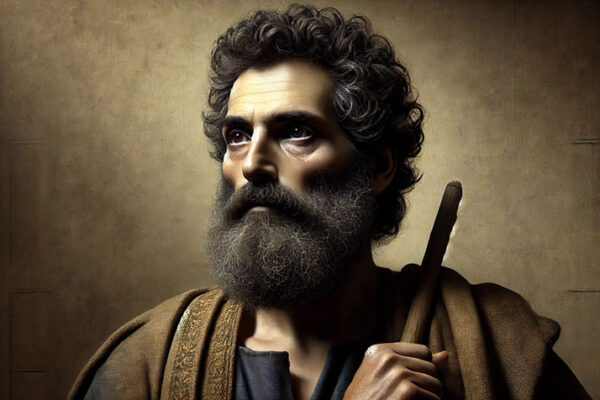Philip the Apostle
Who was Philip the Apostle?
Philip was one of the twelve disciples of Jesus. Philip was from the town of Bethsaida, a town by the Sea of Galilee. When Jesus was in Galilee, he found Philip, and said to him, “Follow Me.” The Scriptures record that after hearing the invitation Philip went to invite another disciple Nathanael to meet Jesus.
Significant Characteristics
Evangelist at heart: When Jesus called Philip, his first action was to tell Nathanael that he had found the Messiah (Jesus). He not only believed but was eager to share the good news right away. He is later seen bringing a group of Greeks to meet Jesus, upon their request. (John 12:20-22)
Practical & Analytical: In the feeding of the 5000, Jesus tests Philip by asking where they could buy bread. Philip responds with a practical assessment of the situation, saying that it would be impossible to feed the 5000 with the limited resources they had. (John 6:5,7)
Doubting & seeking evidence: During the Last Supper, Philip asks Jesus to show them the Father (John 14:8,9). Philip’s practical side had perhaps blinded him from seeing clearly who Jesus was.
Contributions to the Church
The New Testament doesn’t provide extensive details about Philip’s contributions after Pentecost but there are some reports from early Christian traditions.
Early Church Leadership: Acts 1:13 records Philip as one of the disciples who gathered in the upper room at Pentecost. As one of the twelve disciples, Philip would have probably been instrumental in the formation and growth of the early church.
Missionary Work: Hippolytus of Rome mentions Philip preaching in Scythia (modern-day Central Asia). There are also several accounts of Philip’s ministry in Greece, particularly Athens. Traditions suggest that he preached in Syria & Asia Minor, especially in Hierapolis.
Death & Martyrdom
The exact details of Philip’s death are not recorded in Scripture, but most accounts agree that Philip was martyred in Hierapolis, Phrygia (modern-day Turkey). The most common tradition states that Philip was crucified upside-down, similar to Peter. and is generally dated around 80 AD, during the reign of Emperor Domitian. Philip’s tomb in Hierapolis became a site of pilgrimage in the early Christian era.















